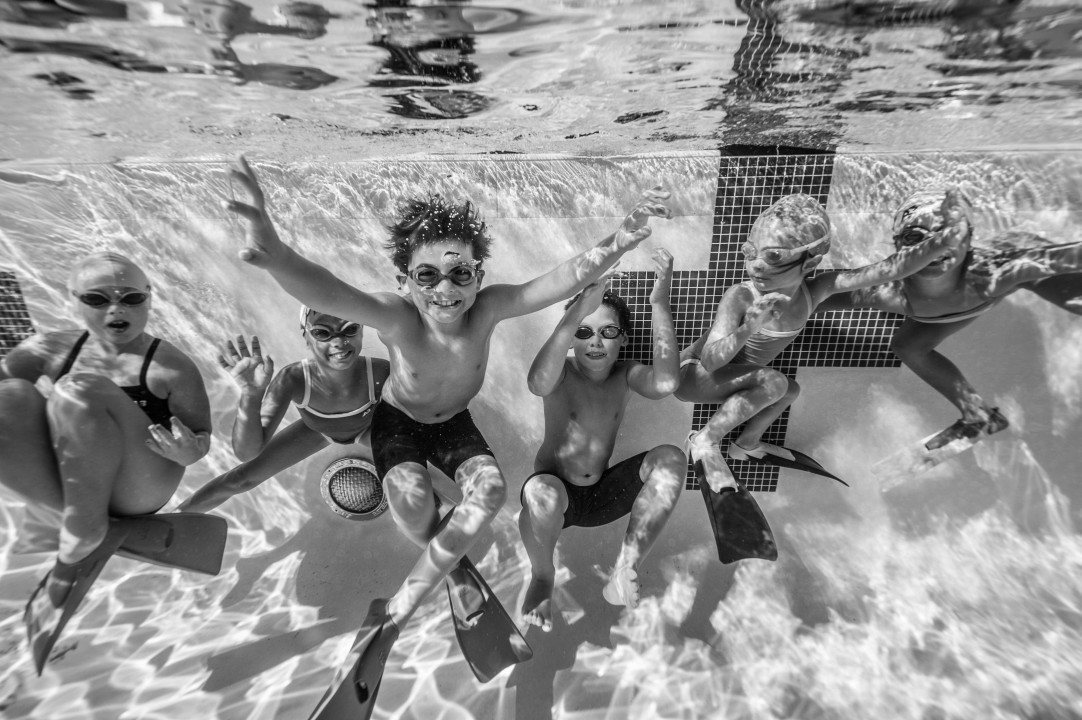Courtesy: Dr. Chelsea Ale, President of the U.S. Professional Diving Coaches Association
In sport, we often celebrate the champions—the Olympians, the national team members, the record-breakers. But we sometimes forget where they come from. Elite athletes don’t appear out of nowhere. They emerge from systems, from communities, from opportunities that began long before they stood on a podium. This is why grassroots development isn’t just a nice idea—it’s the foundation of every successful sport system.
Think of sport like a pyramid. Without a massive base, the top cannot exist, at least not for long. A strong grassroots level means more kids participating, more families engaged, and more opportunities to uncover both elite talent and lifelong recreational athletes. It’s simple math: the more individuals you bring into a sport at the entry level, the greater the chance of discovering hidden gems—those diamonds in the rough who might one day compete at the highest level.
But grassroots is about more than talent discovery. It’s also about sustainability. The lower levels of sport often bear a disproportionate share of financial responsibility. Cost per hour, grassroots athletes and families tend to pay more than those at the elite level. In many cases, their investment—through club dues, equipment purchases, meet fees, and travel—helps fund the broader ecosystem. Without them, there’s no foundation to support high performance.
And let’s not ignore the reality of athlete attrition. Participation drops over time for many reasons—injury, burnout, other interests, life changes. If we don’t have a wide pool at the start, we’re left with very little at the end. But if we build a strong, wide base, we can weather those inevitable drop-offs and still maintain a vibrant community of athletes, coaches, families, and fans.
Grassroots also fuels growth through culture. When you have a large number of kids involved in sport, it becomes social. Friends invite friends. Families connect. Entire communities rally around local programs. This creates a ripple effect, bringing in even more participants, support, and resources.
Unfortunately, despite this reality, USA Diving has recently and repeatedly acknowledged that they are not focusing on grassroots development, and this is a huge disservice to our sport. It impacts the USOPC pipeline, limits opportunities for clubs and coaches, and weakens the overall health and future of diving in this country. Ignoring grassroots doesn’t just affect entry-level programs—it jeopardizes the long-term viability of our elite teams and national presence.
Here’s the hard truth: if national governing bodies like USA Diving—or club programs across the country—fail to invest in grassroots development, they’re setting themselves up for long-term failure. Without intentional efforts to recruit, retain, and develop young athletes and beginner-level participants, these organizations will eventually collapse. They’ll either lack the talent pipeline needed for elite success or be forced to raise costs so high that only the wealthiest families can participate. Neither of these outcomes is acceptable.
If grassroots isn’t currently a priority in your sport, your club, or your governing body, it’s time for a shift—not just in strategy, but in culture. We must stop viewing grassroots as an afterthought and start treating it as the engine of our sport’s future.
Invest in the base. Build the foundation. That’s how you sustain the top.
ABOUT DR. CHELSEA ALE
Dr. Chelsea Ale is the President of the U.S. Professional Diving Coaches Association and a professor of Sport Management at the University of Alabama. A former Division I diving coach and athlete, she advocates for the preservation of Olympic and non-revenue sports through strategic leadership, athlete-centered policy, and sustainable funding models.

